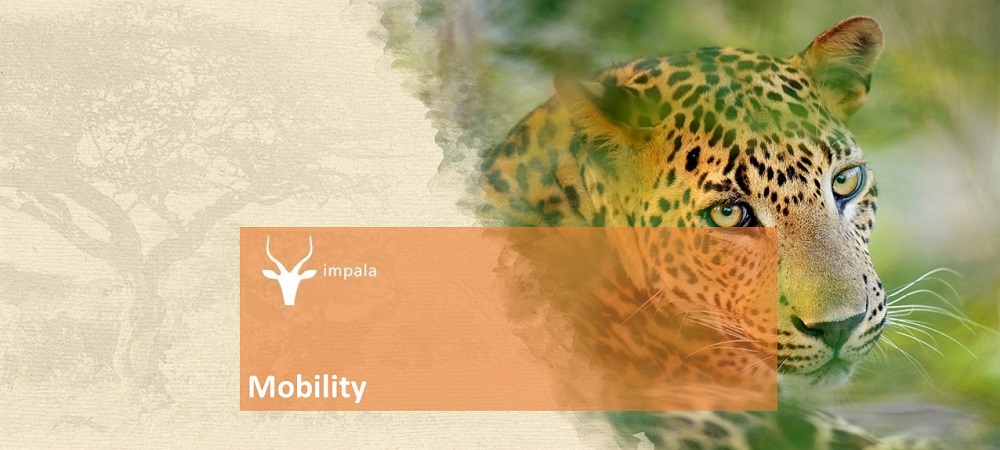An important goal of internationalization is to provide students with an international learning experience. A common way to achieve this is for students to study at another university for a period, with the credits earned abroad being recognized as part of their programme at home. The typical format, at least in Europe, is student exchange in which an equal number of students from two partner universities study for similar periods, often a semester, at each other’s universities with no money exchanged between the two universities. However, there are alternative modes of student mobility. These might be attractive options in certain situations, for example, if one university is located in an economically less developed country and students at this university cannot afford the costs of travelling to and living in the more expensive country. These alternative modes of mobility also help to reach students who are unable or unwilling, for whatever reason, to leave their home countries for longer periods. This article lists a series of student mobility options.
Modes of student mobility
Individual degree mobility
• Full study abroad
• Bachelor, Master
• Competition (for talent)
• Trend: more students study abroad
Degree mobility integrated in a joint programme
• One integrated study programme
• Students temporarily abroad as integral part of programme
• Ready-made (often with options)
• Joint, double, multiple, dual degree
• Joint qualification
Individual exchange – Bilateral agreement
• Classic exchange between two universities, Erasmus in Europe
• Typically 2-10 students a year
• Typically a semester or term: 3-10 months
• Credit recognition
Individual exchange – Mobility hubs
• Classic exchange
• Two universities agree on large numbers
• Typically 20+ per year
• Example: Radboud – Glasgow; Utrecht – Sydney
• Concentration, efficiency
• Preferred partners, proven quality, added values
Embedded exchange – Mobility windows
• Prepared exchange
• Two universities agree on content and numbers beforehand
• Typically 20+ per year
• Concentration, efficiency
• Preferred partners, proven quality, added values
Internship – Bilateral agreement
• Typically 2-10 months
• Common practice in Universities of Technology
• Increasing popularity, also in Research Universities
• Increased interest in Erasmus+ internships
Individual summer school
• Choice of each student
• 1-6 weeks
• Typically mix of content and fun
• Extracurricular
• Ready-made
• Student pays
• Credits typically not important
• Growing number of summer schools
Tailor-made summer school
• Created tailor-made for ‘client’, often a US university
• 3-6 weeks
• Typically academically oriented (‘third semester’)
• ‘Curricular’
• University pays
• Credits (recognition)
Minor/semester abroad
• Fixed study abroad programme for groups
• Non-exchange
• Typically a semester
• Financial transaction
• Popular in US (with destination abroad)
• Tailor-made or ready-made
Group trips
• Excursion type, usually one group from one university/department
• Organized by department
• Organized by ‘Study Union’
• Often non-credit
• Easily accessible
Community service abroad
• Similar to group trips
• Focused on helping, social engagement (non-academic)
• Popular in US, UK, CAN, HK
Group projects abroad
• Group from one university or from different levels in the same city (vocational, professional, academic)
• Dedicated project
• One location abroad
• Typically 1-3 weeks
International collaborative projects
• One problem, two university student groups
• Preparation time, international field trip, wrap-up time, report
• Typically 10+10 students plus teachers
• Typically interdisciplinary
• Real problems, real solutions
International contests
• University student teams compete
• One final competition somewhere abroad
• Examples: Worlds Challenge Challenge Western University Ontario, Model UN conferences
Virtual/blended mobility
• International experience while at home
• In cooperation with international partner university/organization
• Online communication (COIL)
• Often complementary to real mobility: blended mobility


